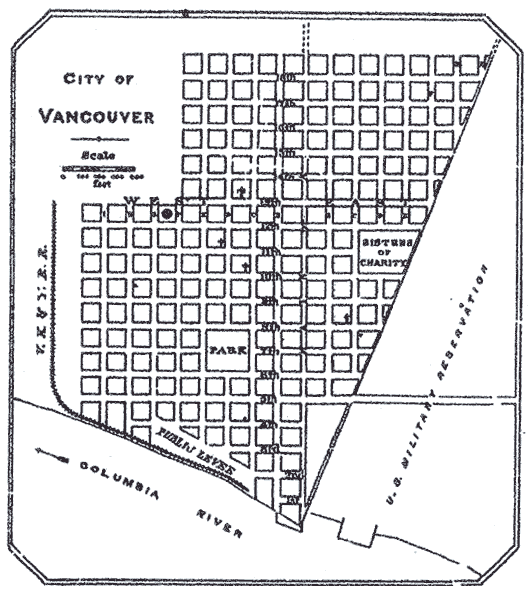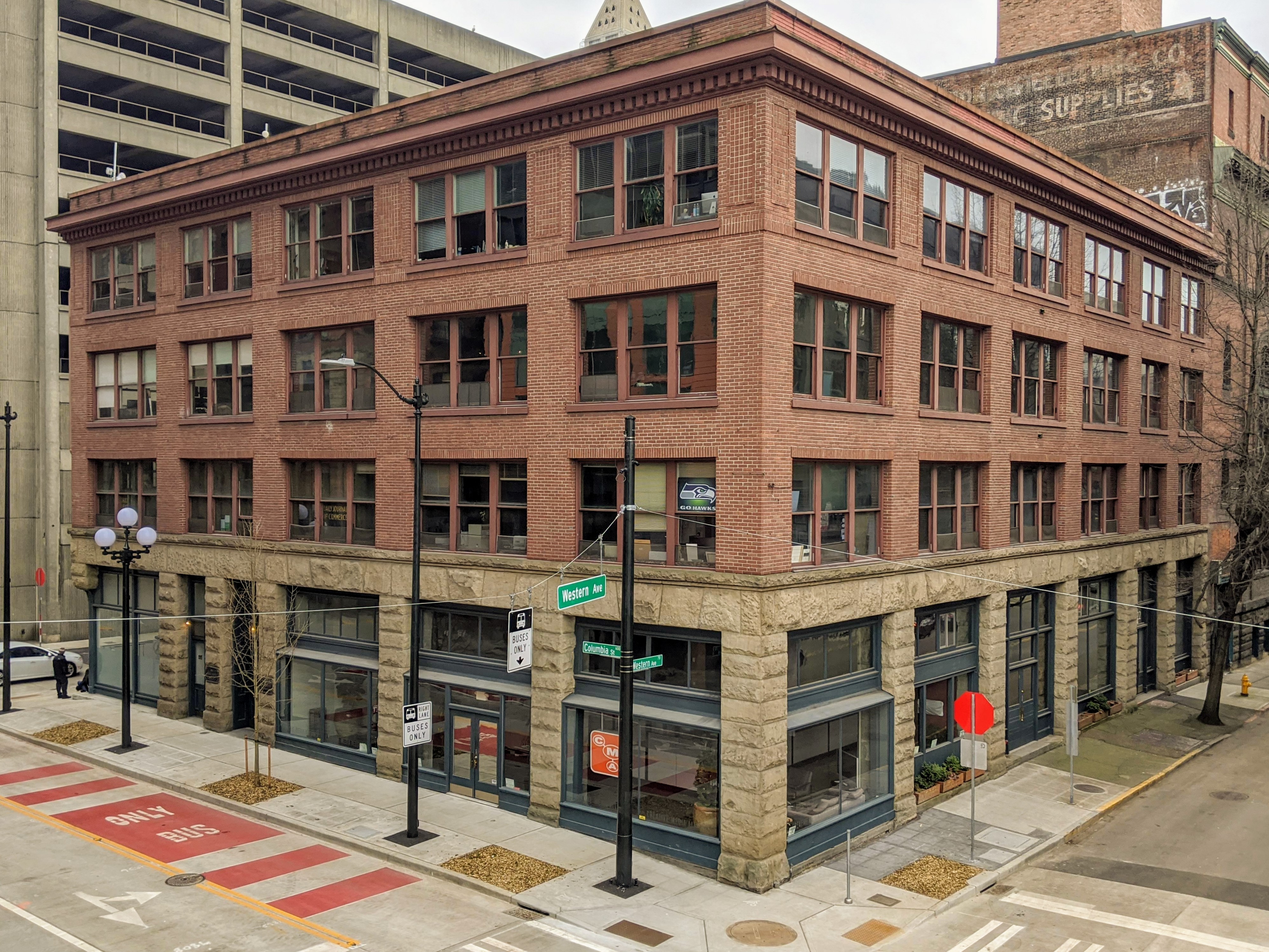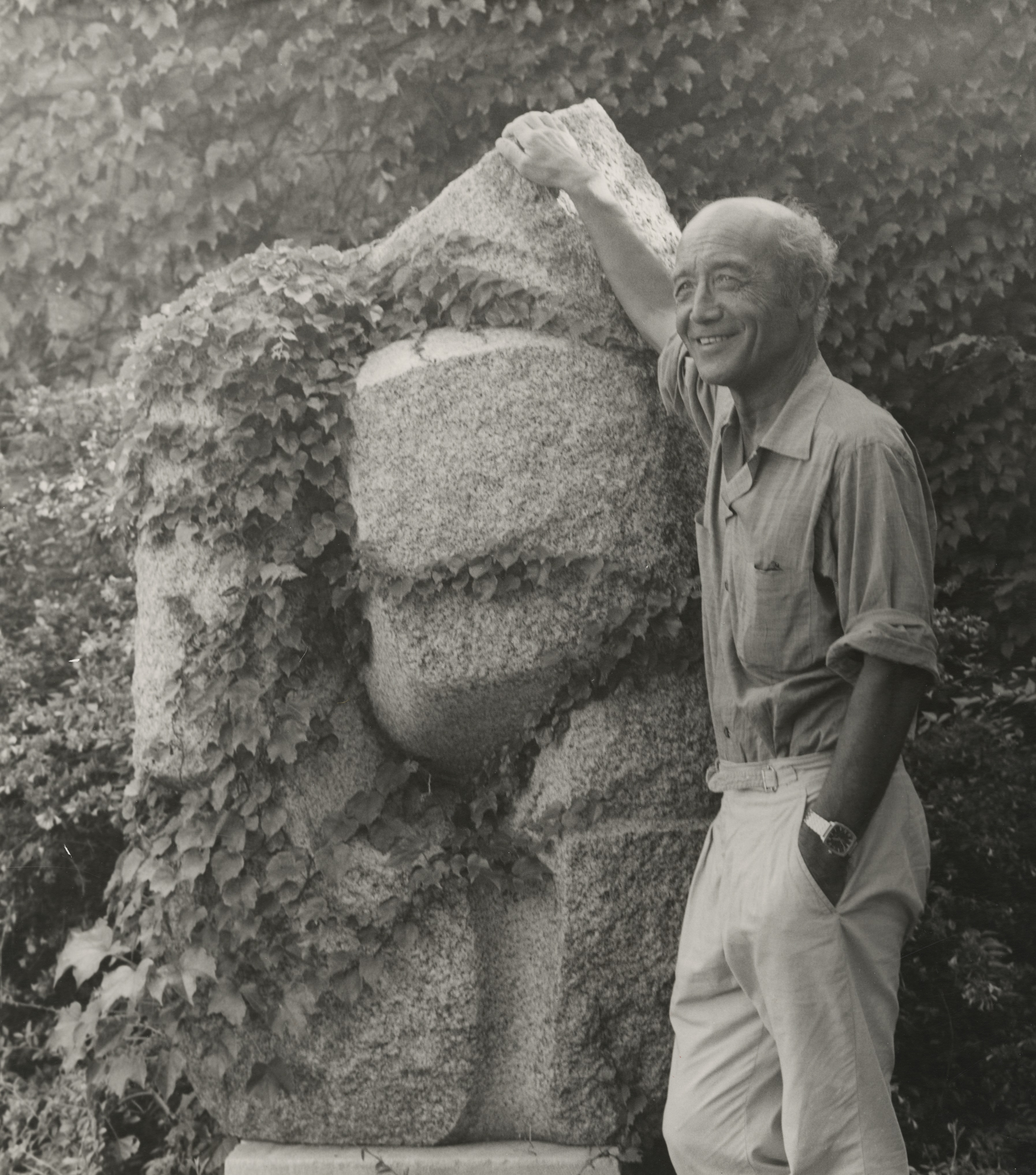|
Robert Murase
Robert Murase (September 9, 1938 – July 19, 2005) was an American landscape architect. He worked throughout the Pacific Northwest in the field of landscape design. Biography Murase was born in San Francisco as a third generation Japanese-American to Tokiichi (George) and Yoneko Murase in 1938. [Search for individual number ''18962D'', Kazuo R. Murase; additional family members include ''18962A'' Tokiichi (father), ''18962B'' Kuni (grandmother), ''18962C'' Yoneko (mother), ''18962E'' Mieko (aunt), and ''18962F'' Grace (aunt)] At the age of three, following the signing of Executive Order 9066, Murase and his family were detained along with several thousand San Francisco Bay Area Japanese-Americans at the Tanforan Assembly Center, Tanforan horse-racing track in San Bruno, California before the family were split, with George, Yoneko, and Robert sent to internment at Topaz War Relocation Center, Topaz while his widowed grandmother (Kuni) and aunts Mieko and Grace were sent to Tul ... [...More Info...] [...Related Items...] OR: [Wikipedia] [Google] [Baidu] |
Brackets
A bracket is either of two tall fore- or back-facing punctuation marks commonly used to isolate a segment of text or data from its surroundings. Typically deployed in symmetric pairs, an individual bracket may be identified as a 'left' or 'right' bracket or, alternatively, an "opening bracket" or "closing bracket", respectively, depending on the Writing system#Directionality, directionality of the context. Specific forms of the mark include parentheses (also called "rounded brackets"), square brackets, curly brackets (also called 'braces'), and angle brackets (also called 'chevrons'), as well as various less common pairs of symbols. As well as signifying the overall class of punctuation, the word "bracket" is commonly used to refer to a specific form of bracket, which varies from region to region. In most English-speaking countries, an unqualified word "bracket" refers to the parenthesis (round bracket); in the United States, the square bracket. Glossary of mathematical sym ... [...More Info...] [...Related Items...] OR: [Wikipedia] [Google] [Baidu] |
EDAW
EDAW was an international landscape architecture, urban and environmental design firm that operated from 1939 until 2009. Starting in San Francisco, the firm grew to become the most commercially successful and well-known landscape architecture and urbanism firm in the world, which at its peak had 32 offices worldwide. EDAW lead many landscape architecture, land planning and master planning projects, developing a reputation as an early innovator in sustainable urban development and multidisciplinary design. EDAW is an acronym derived from Eckbo, Dean, Austin and Williams, the names of four of the firm’s original partners: Garrett Eckbo, Edward Williams, Francis Dean and Don Austin. A limited partnership, the firm was bought by the American engineering conglomerate AECOM in 2005, ceasing to exist as a standalone practice in 2009 when it was fully integrated into the company. History Origins and early history (1939-1980s) EDAW traces its origins to the studio founded by Eckbo ... [...More Info...] [...Related Items...] OR: [Wikipedia] [Google] [Baidu] |
Japanese American Museum
The is located in Los Angeles, California, and dedicated to preserving the history and culture of Japanese Americans. Founded in 1992, it is located in the Little Tokyo area near downtown. The museum is an affiliate within the Smithsonian Affiliations program. The museum covers more than 130 years of Japanese-American history, dating to the first Issei generation of immigrants. Its moving image archive contains over of 16 mm and 8 mm home movies made by and about Japanese Americans from the 1920s to the 1950s. It also contains artifacts, textiles, art, photographs, and oral histories of Japanese Americans. The Japanese American National Museum of Los Angeles and the Academy Film Archive collaborate to care for and provide access to home movies that document the Japanese-American experience. Established in 1992, the JANM Collection at the Academy Film Archive currently contains over 250 home movies and continues to grow. History Activist Bruce Teruo Kaji (1926–2017) ... [...More Info...] [...Related Items...] OR: [Wikipedia] [Google] [Baidu] |
Goose Hollow/SW Jefferson St
Goose Hollow/Southwest Jefferson Street is a light rail station on the MAX Blue and Red Lines in the Goose Hollow neighborhood of Portland, Oregon. It is the third stop westbound on the Westside MAX alignment and makes several cameo appearances in the movie ''What the Bleep Do We Know!?'' as the stop where Marlee Matlin's character boards the train to get into town. Location Goose Hollow/SW Jefferson Street station is located in the Goose Hollow neighborhood of western Portland. Specifically, it is located on the southern side of SW Jefferson Street, across from the Goose Hollow Inn owned by Bud Clark, former mayor of Portland.Portland MAX: East-West MAX (Blue) ''NYCSubway'' Retrieved 2009-07-28 To the east of the station, the tracks curve through Collins Circle, a |
Garden Of Remembrance (Seattle)
The Garden of Remembrance is a memorial in honor of over 8,000 Washington state residents who have died in wars since World War II. The memorial includes a passage from Laurence Binyon's poem, "For the Fallen". Designed by Robert Murase, the Garden is located on the Second Street side of Benaroya Hall Benaroya Hall is the home of the Seattle Symphony in Downtown Seattle, Washington, United States. It features two auditoria, the S. Mark Taper Foundation Auditorium, a 2500-seat performance venue, as well as the Illsley Ball Nordstrom Recital H .... References {{Downtown Seattle Downtown Seattle Monuments and memorials in Seattle Vietnam War monuments and memorials in the United States World War II memorials in the United States 1998 establishments in Washington (state) ... [...More Info...] [...Related Items...] OR: [Wikipedia] [Google] [Baidu] |
Esther Short Park
Esther Short Park is a public park and town square located in downtown Vancouver, Washington. Established in 1853, it is the oldest public park in the state of Washington. and one of the oldest public parks in the West. It is located in the city's downtown between West Columbia and 8th Street. It was bequeathed to the city in 1862, and includes a children's playground, a rose garden, a large fountain system made of columnar basalt, the Salmon Run Bell Tower, and the historic Slocum House. The park also houses a weekend farmer's market. In the summer of 2007, the park hosted over 30 outdoor summer concerts, many free. Esther Short Esther Short was an early Vancouver resident. She and her husband Amos, and ten children, " jumped a claim" near present-day downtown Vancouver. This land was originally part of a larger land plot by American Henry Williamson, who mapped out a little town called Vancouver City and registered the claim in the US courthouse in Oregon City. He left his c ... [...More Info...] [...Related Items...] OR: [Wikipedia] [Google] [Baidu] |
Astoria Waterfront Redevelopment
Astoria is a placename, ultimately named for businessman John Jacob Astor (1763–1848), in the 1840s the wealthiest person in the United States and, as a hotel name, his great-grandson William Waldorf Astor (1848–1919). The name was first used for Fort Astoria, built in 1811 at the mouth of the Columbia River (in what is now Oregon) for John Jacob Astor's Pacific Fur Company. Places United States * Astoria, Illinois (1837) ** Astoria Township, Fulton County, Illinois * Astoria, Missouri (1844) * Astoria, Queens, neighborhood in New York City (1839) * Astoria, Oregon, named for Fort Astoria (1811) * Astoria, South Dakota (1900, named for Astoria, Oregon) Other places * Astoria, Budapest, a major junction in central Budapest, named after the Astoria Grand Hotel at its corner ** Astoria (Budapest Metro) * Astoria Boulevard, a boulevard in New York City ** Astoria Boulevard (BMT Astoria Line), a subway stop along the boulevard * Astoria Canyon, a submarine abyss near the mo ... [...More Info...] [...Related Items...] OR: [Wikipedia] [Google] [Baidu] |
Seattle Daily Journal Of Commerce
The ''Seattle Daily Journal of Commerce'' is a daily (six days per week) newspaper based in Seattle, Washington. Specializing in business, construction, real estate, and legal news and public notices, it began publication in 1895 as the ''Bulletin'', later the ''Daily Bulletin'' and the ''Seattle Daily Bulletin''. After merging with the ''Times'' in 1907 (an unrelated paper to today's ''Seattle Times''), it published as the ''Morning Times and Seattle Daily Bulletin'' for a year before reverting to its old name. It took the name ''Daily Journal of Commerce'' for the first time in 1919 as the ''Daily Journal of Commerce and the Daily Bulletin'', dropping the ''Daily Bulletin'' portion two years later. "Seattle" was added to the paper's name in 1924. From 1951 to 1956 the paper was published under the name ''Seattle Daily Journal of Commerce and Construction Record'', and then as the ''Seattle Daily Journal of Commerce and Northwest Construction Record'' until 1989, when it once aga ... [...More Info...] [...Related Items...] OR: [Wikipedia] [Google] [Baidu] |
Japanese American Historical Plaza
Japanese American Historical Plaza is a plaza in Portland, Oregon's Tom McCall Waterfront Park, located where the Portland Japantown once stood. Description and history The plaza goes northward from the Burnside Bridge along Naito Parkway, NW Naito Parkway and follows the flow of the Willamette River. The plan, sponsored by the Japanese American Citizens League with Bill Naito encouraging its proposal, was accepted in 1988. Designed by landscape architect Robert Murase, the plaza tells the important history of the Japanese people, Japanese in Oregon. It illuminates the challenges faced by Japanese immigrant and the incarnations of people with Japanese ancestors. The plaza represents the poems of the experience of the Japanese immigrants and an important reminder of the U.S. Constitution and Bill of Rights. The Oregon Nikkei Endowment administers the plaza, which features ''Songs of Innocence, Songs of Experience'' (1990), a bronze-and-stone sculpture by Jim Gion. See also *Hist ... [...More Info...] [...Related Items...] OR: [Wikipedia] [Google] [Baidu] |
Japanese American Historical Plaza - Portland, Oregon 2
Japanese may refer to: * Something from or related to Japan, an island country in East Asia * Japanese language, spoken mainly in Japan * Japanese people, the ethnic group that identifies with Japan through ancestry or culture ** Japanese diaspora, Japanese emigrants and their descendants around the world * Japanese citizens, nationals of Japan under Japanese nationality law ** Foreign-born Japanese, naturalized citizens of Japan * Japanese writing system, consisting of kanji and kana * Japanese cuisine, the food and food culture of Japan See also * List of Japanese people * * Japonica (other) * Japonicum * Japonicus This list of Latin and Greek words commonly used in systematic names is intended to help those unfamiliar with classical languages to understand and remember the scientific names of organisms. The binomial nomenclature used for animals and plants i ... * Japanese studies {{disambiguation Language and nationality disambiguation pages ... [...More Info...] [...Related Items...] OR: [Wikipedia] [Google] [Baidu] |
Isamu Noguchi
was an American artist and landscape architect whose artistic career spanned six decades, from the 1920s onward. Known for his sculpture and public artworks, Noguchi also designed stage sets for various Martha Graham productions, and several mass-produced lamps and furniture pieces, some of which are still manufactured and sold. In 1947, Noguchi began a collaboration with the Herman Miller company, when he joined with George Nelson, Paul László and Charles Eames to produce a catalog containing what is often considered to be the most influential body of modern furniture ever produced, including the iconic Noguchi table which remains in production today. His work lives on around the world and at the Isamu Noguchi Foundation and Garden Museum in New York City. Biography Early life (1904–1922) Isamu Noguchi was born in Los Angeles, the son of Yone Noguchi, a Japanese poet who was acclaimed in the United States, and Léonie Gilmour, an American writer who edited much of N ... [...More Info...] [...Related Items...] OR: [Wikipedia] [Google] [Baidu] |
LMN Architects
LMN is an American architecture firm based in Seattle, Washington (state), Washington. The company was founded in 1979, and provides planning and design services to create convention centers, cultural arts venues, higher education facilities, commercial and mixed-use developments. History LMN Architects was founded in 1979 as Loschky, Marquardt and Nesholm by George Henry Loschky (b. 1938), Judsen Robert Marquardt, and John Frank Nesholm (b. 1942), who had all worked for the Seattle architecture firm NBBJ. By 2005, Nesholm was the only remaining original partner, and by 2015, none of the original partners remained.Loschky Marquardt and Nesholm (LMN), Architects (Partnership) . ''Pacific Coast Architecture Database''. Accessed 9 March 2021. In 2005, LMN Partners included: John Nesholm, Chris ... [...More Info...] [...Related Items...] OR: [Wikipedia] [Google] [Baidu] |




